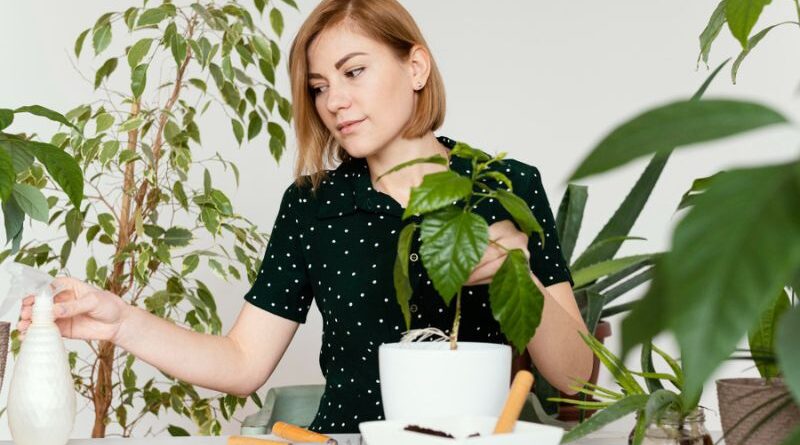Lucky Plants That Bring Health And Fortune – In diverse cultures worldwide, the belief in plants as symbols of good fortune and health has persisted through generations. This connection between nature and well-being is deeply rooted, with certain plants believed to bring luck and prosperity.
From the enduring allure of the Jade Plant and the financial symbolism of the Money Plant to the cultural significance of Bamboo, these botanical companions are thought to positively influence various aspects of life. Beyond symbolic plants, there exists a realm of herbal allies such as Holy Basil, Aloe Vera, and Rosemary, each valued for their healing properties and believed to contribute to a fortunate existence.
This exploration delves into the rich tapestry of lucky plants, weaving together traditions, cultural significance, and practical care tips to illuminate the path towards health and prosperity.
Lucky Bamboo
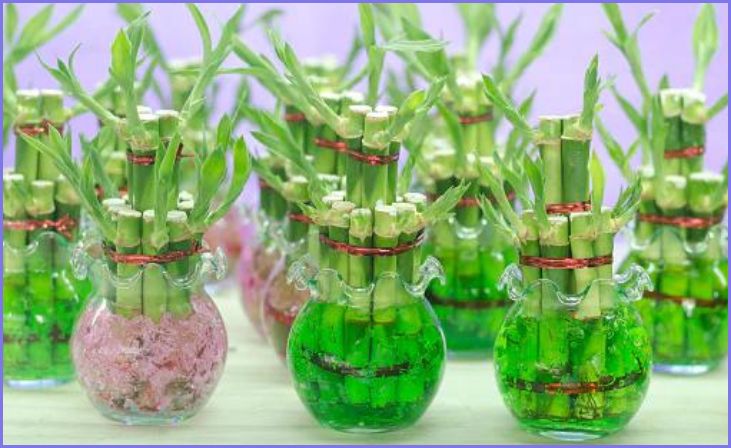
Lucky Bamboo (Dracaena sanderiana) is a popular plant in Chinese culture, symbolizing good fortune and prosperity. Its resilient nature and easy care make it a favorite for homes and offices. The number of stalks holds significance; three symbolizes happiness, wealth, and longevity, while other quantities carry various auspicious meanings.
Placing Lucky Bamboo in specific areas, like the entrance, is believed to attract positive energy. Despite cultural symbolism, its elegant appearance and adaptability to various environments contribute to its widespread popularity as a decorative and meaningful plant.
Also, Read – Creative Living Room Ideas for Stunning Home Design
Money Plant
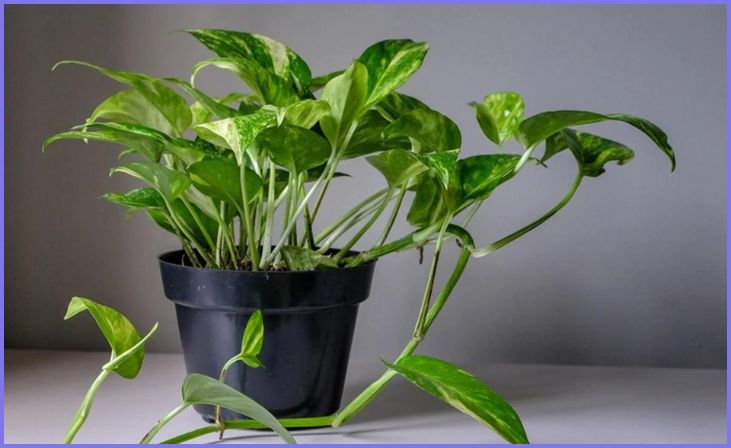
The Money Plant (Epipremnum aureum), also known as Devil’s Ivy or Pothos, is a common choice for those seeking good luck and financial prosperity. Embraced in Feng Shui practices, it is believed to bring positive energy and wealth. Easy to care for, the Money Plant’s trailing vines and heart-shaped leaves make it an attractive addition to homes and offices.
Its resilience in different light conditions and air-purifying qualities further enhance its popularity. Whether draped elegantly or cascading from a hanging basket, the Money Plant is not only aesthetically pleasing but also carries symbolic significance for those who believe in its auspicious properties.
Jade Plant
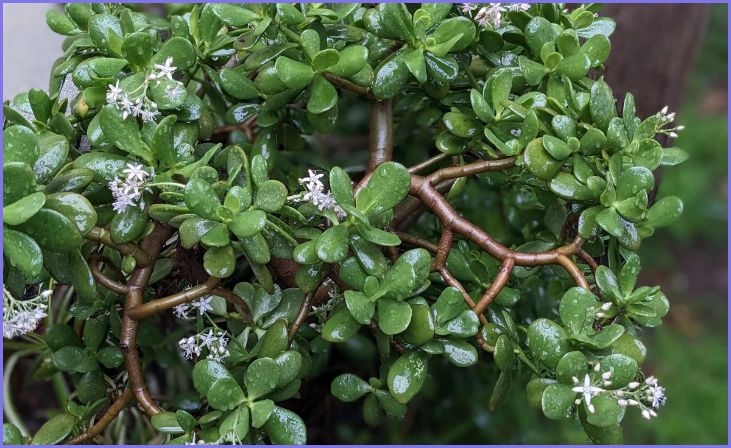
The Jade Plant (Crassula ovata) is a symbol of good luck and prosperity in Chinese culture. Its fleshy, green leaves resemble jade coins, aligning with the belief that it attracts wealth and positive energy. A popular choice in Feng Shui, placing the Jade Plant near the entrance is thought to invite prosperity into the home or business.
Known for its resilience and minimal care requirements, the plant thrives in well-draining soil and bright, indirect light. With its compact and auspicious appearance, the Jade Plant not only adds a touch of natural beauty to indoor spaces but also carries cultural significance for those seeking good fortune.
Aloe Vera
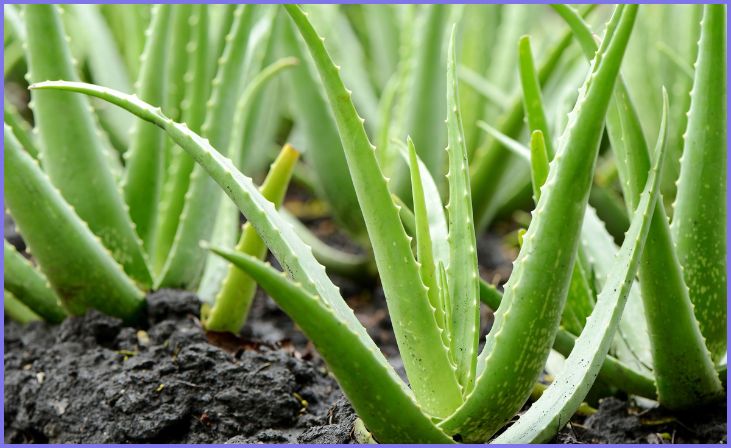
Aloe Vera, revered for its medicinal properties, also holds cultural significance as a symbol of good luck. Placing Aloe Vera in the home is believed to ward off negative energy and promote positive vibes, according to various folk beliefs.
Beyond its reputation for soothing burns and promoting skin health, Aloe Vera is valued for its ability to absorb negative energy, making it a popular choice for households seeking balance and harmony.
Easy to care for, this succulent thrives in well-draining soil and indirect sunlight. As a resilient and multifunctional plant, Aloe Vera embodies both practicality and the potential for positive energy in its surroundings.
Also, Read – Elements to Infuse Your Home with Eclectic Charm
Orchids

Orchids, symbolizing love, beauty, and fertility, are revered globally for their elegance and charm. In Feng Shui, these exquisite flowers are believed to bring good luck and positive energy to homes.
With a diverse range of species and vibrant colors, orchids enhance aesthetic appeal while inviting prosperity. Traditionally associated with luxury, they signify refinement and the potential for growth and abundance. Orchids’ air-purifying qualities further contribute to their popularity as indoor plants.
As a graceful and enduring symbol, orchids not only captivate with their allure but also carry cultural and symbolic significance, making them a cherished choice for those seeking both beauty and positive energy in their living spaces.
Basil

Basil, considered sacred in Hindu culture, extends beyond culinary use to symbolize good luck and protection. Placing a basil plant in the home is believed to attract positive energy and safeguard against negative influences.
With its aromatic leaves and ease of cultivation, basil is a versatile herb that adds both flavor to dishes and cultural significance to living spaces. In rituals and traditions, basil holds a sacred role, contributing to its revered status.
As a resilient and fragrant plant, basil not only enhances the sensory experience in the kitchen but also carries a rich cultural history, making it a meaningful addition for those seeking auspicious energy and culinary delight.
Sunflower

Sunflowers, with their radiant golden blooms, symbolize positive energy, happiness, and good fortune. Associated with warmth and longevity, these vibrant flowers are considered auspicious in various cultures. Their towering stems and bright faces evoke a sense of optimism and prosperity.
In Feng Shui, sunflowers are believed to bring positive vibes into homes, making them a popular choice for decorative arrangements. Beyond their cultural significance, sunflowers also contribute to biodiversity, attracting pollinators to gardens.
As a cheerful and resilient plant, sunflowers not only enhance visual appeal but also carry a universal message of joy and prosperity, making them a delightful addition to both indoor and outdoor spaces.
Peace Lily

The Peace Lily (Spathiphyllum) is renowned for its graceful appearance and symbolic significance. Revered for bringing peace, harmony, and good fortune, it is a popular choice in homes and offices. With its elegant white blooms and lush green leaves, the Peace Lily adds a touch of tranquility to indoor spaces.
Feng Shui principles emphasize its ability to purify the air, contributing to a positive and balanced environment. Thriving in low light conditions, it is an easy-to-care-for plant that embodies both aesthetic beauty and the potential for a serene atmosphere.
The Peace Lily’s peaceful symbolism extends beyond its name, making it a cherished choice for those seeking both beauty and positive energy.
Chrysanthemum

Chrysanthemums, revered in various Asian cultures, symbolize longevity, joy, and good luck. Associated with autumn and festivals, they hold cultural significance in traditions like the Chinese Double Ninth Festival. Believed to bring positive energy and good fortune, chrysanthemums are often used in decorative arrangements.
In Feng Shui, they’re considered powerful for attracting harmony and balance. With a diverse range of colors and intricate petal formations, these flowers add both aesthetic beauty and cultural depth to homes. Beyond their symbolism, chrysanthemums are cherished for their resilience. As a versatile and meaningful plant, they continue to be embraced for their ability to infuse spaces with positivity and cultural richness.
Lavender

Lavender, known for its fragrant blooms and soothing properties, is associated with good luck and positive energy. Revered for centuries, it symbolizes purity, tranquility, and healing. Placing lavender in homes is believed to bring calmness and ward off negative influences.
Its aromatic essence promotes relaxation and stress relief, contributing to a harmonious environment. In various cultures, lavender is used in rituals to attract positive vibrations and spiritual well-being.
This hardy herb, with its distinctive purple spikes, not only adds visual charm but also embodies a connection to nature and tradition. As a versatile and symbolic plant, lavender continues to be valued for both its sensory and cultural significance.
Conclusion
In cultivating a connection with lucky plants, we embrace the timeless wisdom that intertwines nature, health, and fortune. Through the Jade Plant’s enduring prosperity, the Money Plant’s financial symbolism, and the healing embrace of herbal allies like Holy Basil, Aloe Vera, and Rosemary, we find a tapestry of well-being.
By incorporating these green companions into our lives with personalized care and placement, we invite positive energy and cultural richness. As we nurture these botanical bonds, we not only cultivate vibrant indoor gardens but also sow the seeds of a harmonious and fortunate existence.
FAQs
Jade Plants thrive with well-draining soil, adequate sunlight, and careful watering. Avoid overwatering, as their succulent nature prefers drier conditions. Regular pruning and fertilization can also contribute to a healthy and prosperous Jade Plant.
While there is no scientific evidence, the Money Plant is believed to bring financial prosperity in certain cultures, particularly in Feng Shui practices. Its symbolism is rooted in the idea that the round leaves resemble coins and symbolize wealth.
Feng Shui principles suggest placing lucky plants in specific areas of the home to enhance positive energy flow. For example, the southeast corner is associated with wealth, making it an ideal location for the Money Plant.

